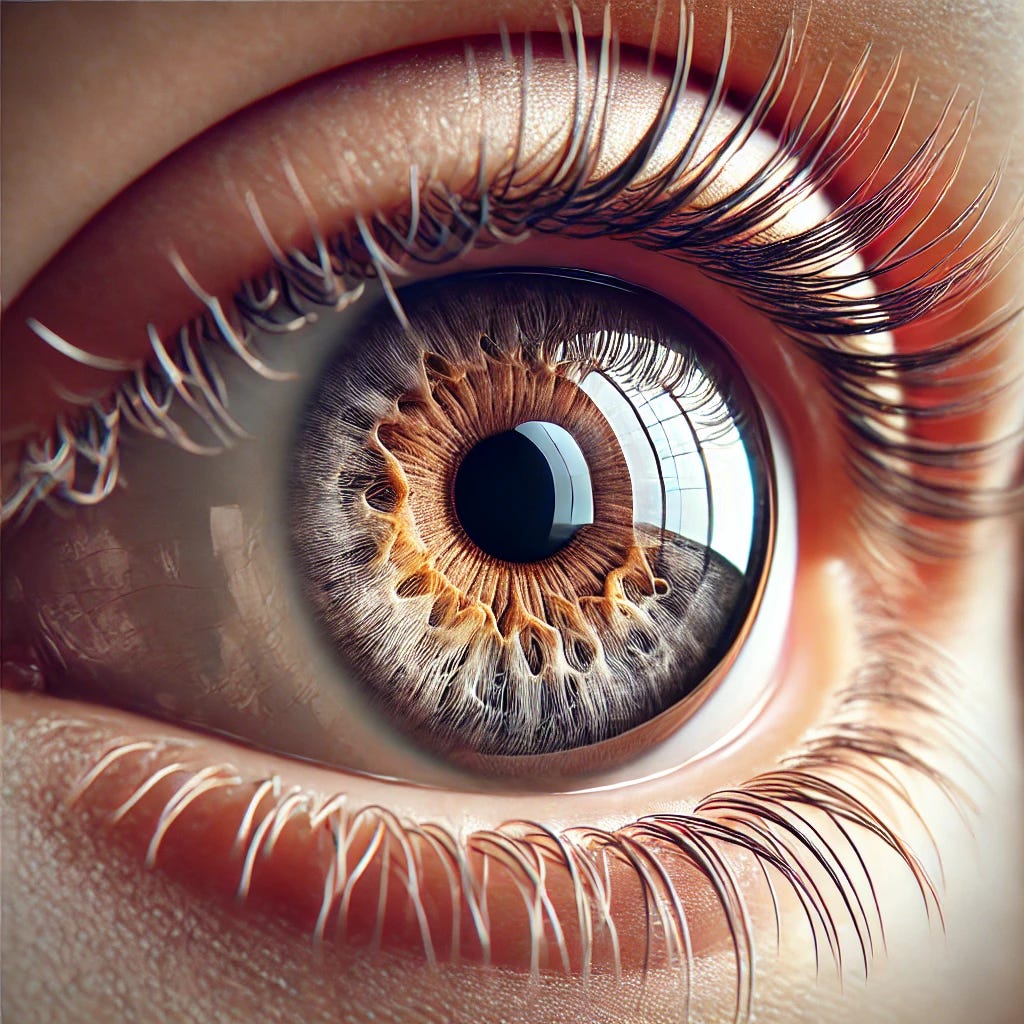🌍 Why Dry Eye Disease Is Exploding Worldwide (and What It Means for You)
Please hit the ❤️ at the top or bottom of this email to help others discover All About Vision With Dr. Kondrot. Your subscription directly supports my ongoing humanitarian work—delivering free eye surgeries and care where it's needed most.
Story at a Glance
Dry eye disease (DED) has become a global epidemic, affecting hundreds of millions worldwide, and rates are rising fast.
Modern lifestyle factors, screen overuse, aging populations, environmental pollution, and widespread medication use, are fueling the crisis.
Mainstream approaches include artificial tears, anti-inflammatory eye drops, and advanced in-office procedures.
Holistic and natural strategies, like nutrition, hydration, stress management, and gut health, can help strengthen tear quality and reduce inflammation.
Key takeaway: Dry eyes are not just a nuisance, they signal deeper systemic imbalances. Addressing both medical and lifestyle factors is essential for lasting relief and eye health.
Why Dry Eye Is Exploding Worldwide
1. Screen Overuse
Digital devices have drastically reduced our blink rate—from a healthy 15–20 blinks per minute down to 5–7 blinks per minute during screen use.
Fewer blinks = reduced tear film renewal → evaporative dry eye.
2. Aging Populations
By 2050, people over 60 will nearly double worldwide. Aging reduces tear production, meibomian gland function, and hormonal balance, all risk factors for Dry Eye Disease.
3. Environmental Factors
Urbanization exposes eyes to air pollution, wind, dry air, and climate-controlled environments—all linked to tear instability and inflammation.
4. Medications
Common drugs (antihistamines, antidepressants, blood pressure meds, isotretinoin) reduce tear production or alter tear film quality.
5. Autoimmune & Systemic Conditions
Diseases like Sjögren’s syndrome, rheumatoid arthritis, thyroid disease, and diabetes increase Dry Eye Disease prevalence.
Mainstream Medical Approaches
1. Artificial Tears & Lubricants
First-line relief for dryness and irritation.
Preservative-free drops are preferred for long-term use.
2. Prescription Medications
Cyclosporine (Restasis) and lifitegrast (Xiidra) reduce inflammation at the ocular surface.
Short-term steroid drops may be used for flare-ups.
3. In-Office Treatments
Punctal plugs: Block tear drainage to keep more moisture on the eye.
Thermal pulsation therapy (LipiFlow): Restores meibomian gland function.
Intense pulsed light (IPL): Reduces inflammation in eyelid glands.
4. Addressing Systemic Disease
Screening for autoimmune conditions or diabetes if dry eye is persistent and severe.
Holistic & Natural Approaches
1. Nutrition for Tear Film Health
Omega-3 fatty acids (salmon, sardines, flaxseeds): Reduce inflammation and improve meibomian gland secretions.
Vitamin A (carrots, sweet potatoes): Essential for corneal health and mucin production.
Vitamin C & E, lutein, and zeaxanthin: Antioxidants that reduce oxidative stress in ocular tissues.
Hydration: Adequate daily water intake supports tear volume and balance.


